A Streetcar’s Many Homes
Story By Serafina Piasentin
Photography by RM Restoration Inc.
Streetcar No. 351 is 50 feet long and 24,000 pounds; yet despite its size, it has been transported across North America, finally settling down in Windsor, Ontario. The streetcar’s journey started in unassuming Ohio. It was put together as a kit in Cincinnati and assembled in New Jersey in 1918 to haul workers to shipyards during WWI. After the war, the shipyards were shut down, making the streetcars obsolete. That’s where Windsor comes in.
Windsor had the first electric streetcar system in Canada. It began with a simple horse-drawn service along University Avenue in 1874 called the Sandwich and Windsor Passenger Railway which evolved into the SW&A (Sandwich, Windsor and Amherstburg Railway). In 1891, the SW&A began electric service, circulating streetcars throughout well-traversed roads, like Tecumseh, Wyandotte, and Seminole. Bernie Drouillard, local historian, says, “You could take a streetcar from Tecumseh to Amherstburg and from Windsor to Essex. We were really connected.” In 1926, Ontario Hydro purchased all 20 of their streetcars from New Jersey.
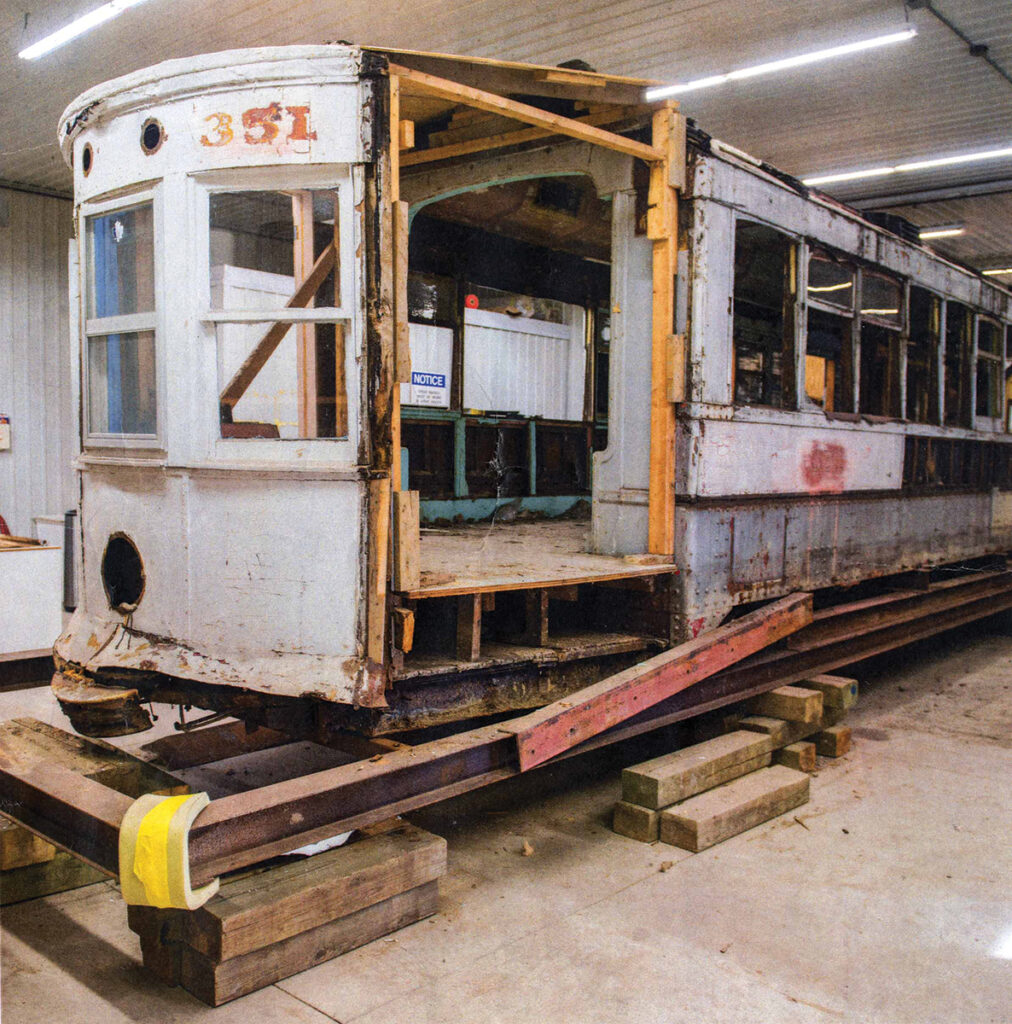
Streetcar No. 351 rolled into Windsor in 1927, excited to serve a new city. Though its exterior was yellow in New Jersey, this particular streetcar donned a red coat while in Windsor. Perhaps it was blushing from pride, having transported so many happy citizens to their destinations. However, after exploring Windsor-Essex for over ten years, Streetcar No. 351 would have likely made its last run on May 7, 1938. Ontario Hydro could no longer afford to maintain the streetcar system and instead replaced them. On May 15, 1938, electric buses—equipped with poles, wires, and rubber tires—invaded. The era of the streetcars had concluded, and a new era of efficient and modern transportation ensued. The larger streetcars, now homeless, were sold for $100 each and the smaller ones for only $75. Drouillard notes that “if the streetcars were made of wood, they could’ve just burnt them; however, since they were made of metal, it was cheaper to charge $100 than destroy them. And people bought them!”
Some cars were repurposed into cottages, fruit stands or diners. Streetcar No. 351 was given a new life as a bait shop in Belle River. From there, it disappeared for a while, slipping out of the records of history. The discovery of Streetcar No. 351 seemed entirely implausible, and honestly, quite miraculous. Van Niforos, owner of Penalty Box, alongside George Sofos, wished to acquire a streetcar for their restaurant. They had bought the Medical Centre property at 1100 University Avenue which contained the historic streetcar building. “We fell in love with the history of the place,” says Niforos. “The little white building behind the car park was going to be the Penalty Box.” They wished to honour Windsor’s transportation heritage by reuniting the remaining streetcars with their original tracks. “I always hoped it would one day sit on the tracks in the old street car building where it used to sit on all those years ago. I felt like the streetcar belonged here.”
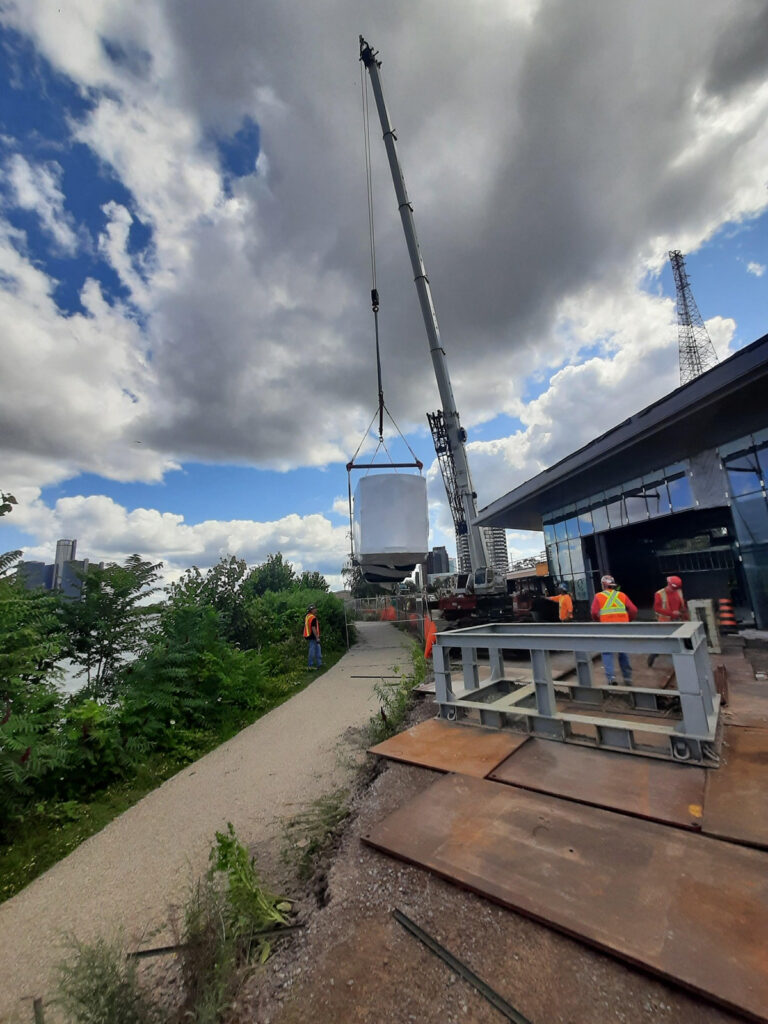
Since Streetcar No. 351 is the only car remaining inside the community, Niforos and Sofos were intent on finding it. “We were doing out homework on the property, and someone told us to call Mr. Drouillard. He was happy to help us, especially because he had a personal connection to the car park as his father was a bus driver.” In 2007, Drouillard spent every Sunday for four weeks driving around, trying to find the remaining streetcar. He was given a tip that it was relocated to a specific street in Belle River, but after checking out multiple addresses and coming up short, he was ready to give up. “We pulled into a driveway to turn around. That’s when we found it.” The streetcar had been built into a house and had been used as a kitchen and dining room. However, the owner had built a house next door and was renting out the original property, so they were okay with removing the streetcar after receiving a reasonable deal from Niforos. “I knew it had to be No. 351-354,” says Drouillard, “because there was a smoking compartment which only these four cars had.” When the siding of the house was removed, he realized which streetcar he had just uncovered—351.
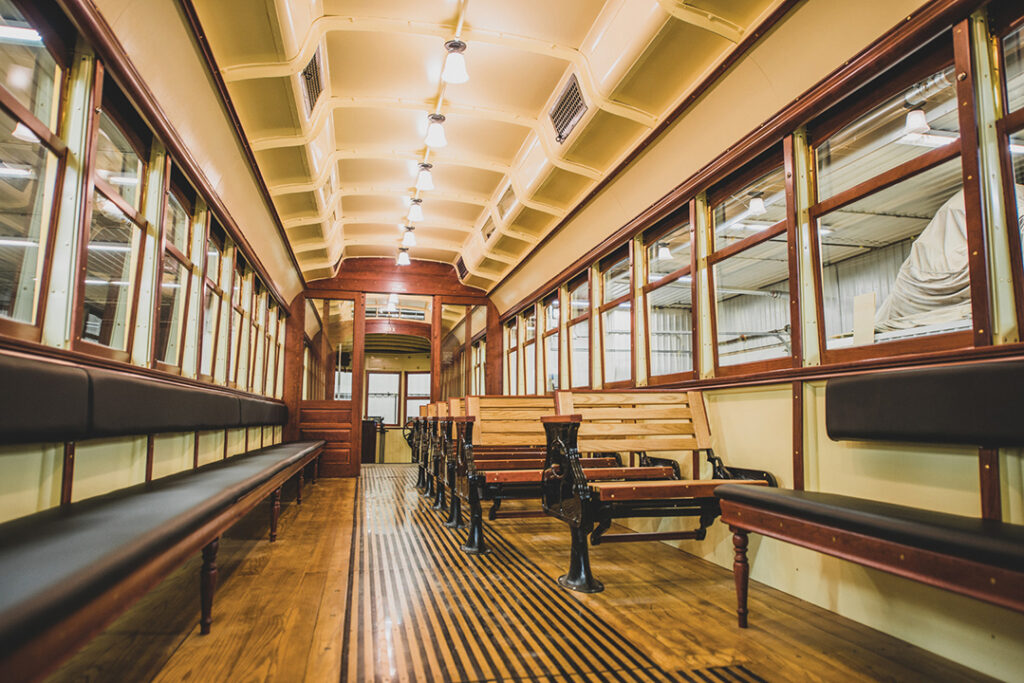
After travelling across the continent and going missing for while, Streetcar No. 351 had been brought back into the light. Niforos and Sofos transported the streetcar from Belle River to University Avenue and stored it at the car park. However, the Penalty Box owners decided to go in a different direction with their restaurant. They sold the property to a Toronto company, making it clear that “the streetcar is not included in the deal. I just didn’t want to part from it yet,” says Niforos. Around the same time, “I received a call from Mayor Dilkens, and he asked what I was going to do with the streetcar. I had no plans at the moment, and he told me he wanted to restore it.” When a couple hundred meters of old SW&A track was unearthed in 2017, Mayor Dilkens, who had heard about the streetcar, wished to find a way to preserve Windsor’s buried history. “What was important was that the streetcar would stay in Windsor,” continues Niforos, “and besides, no one could do a better job with the restoration.”
RM Restoration Inc. oversaw the refurbishment of No. 351. They kept as much of the original parts as possible. For example, they reused the original vestibule walls, sometimes seaming old wood with new wood. The original schedules, station signage and even some ticket stubs that were salvaged from beneath the floorboards were preserved as well. After diligent work, the streetcar was ready to make its way to its new home.
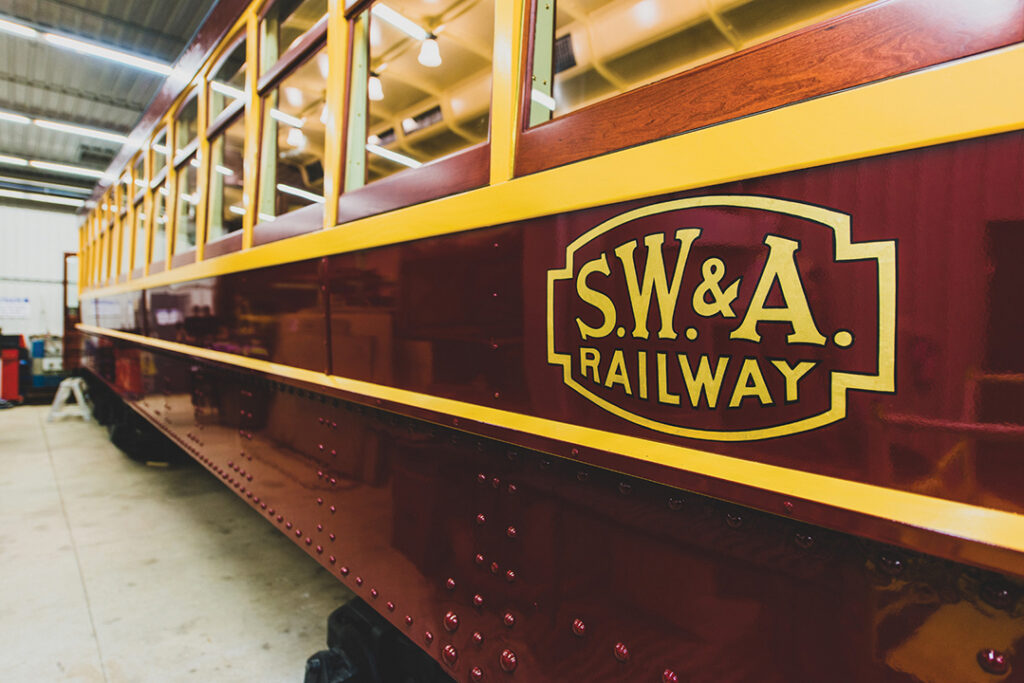
Mayor Dilkens worked closely with Chris Renaud and the City’s Museum Windsor team to create a permanent exhibition in the Legacy Beacon project which aims to make Windsor’s history accessible.
“Windsor is important to the world of transportation,” says Mayor Dilkens. “Our city is at the forefront of research and emerging technologies in the field of automation. The vehicles that get us where we need to go—from carriages and streetcars, all the way up to electric vehicles and self-driving cars being developed and tested today—are really artifacts that tell the important story of how our community grew to what it is today. History, heritage, and stories are at the heart of the project to restore and display Streetcar No. 351. Legacy Beacon is the next chapter in this story.”
Located near the Sandwich Heritage area, Streetcar No. 351 will be one of five beacons planned for the riverfront. The title of the exhibition is “Streetcar No. 351 and the Story of Public Transit on Rails.” It contains information presented on 28 panels spanning a 65-foot wall.
Like the streetcars themselves, the Legacy Beacon project seeks to connect the city of Windsor once again. By revitalizing and remembering history, stories are given a home. And as for Streetcar No. 351, it’s time of travelling has reached an end. Perhaps, its red hue is even brighter than before because it is grateful for all the efforts to restore it, to remember it.
Published in the May/June 2025 Edition.


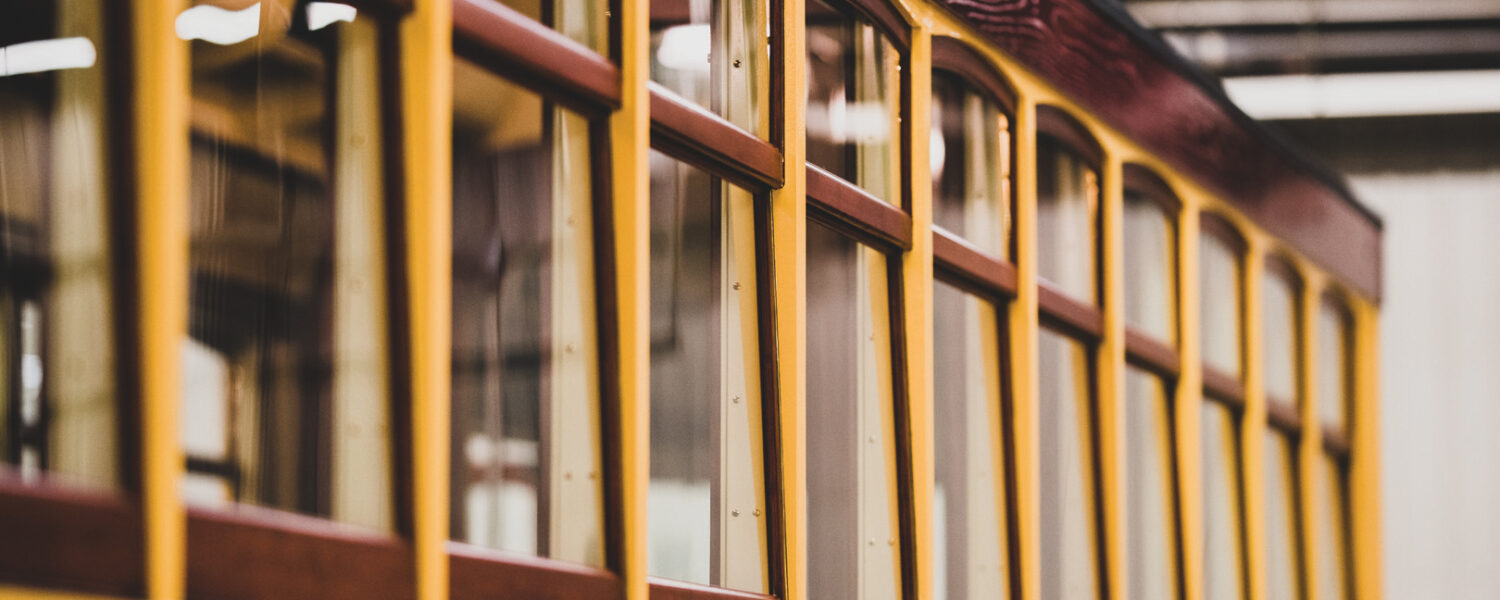

Add comment